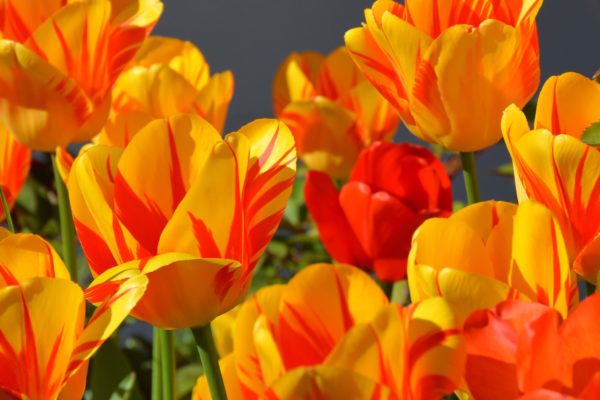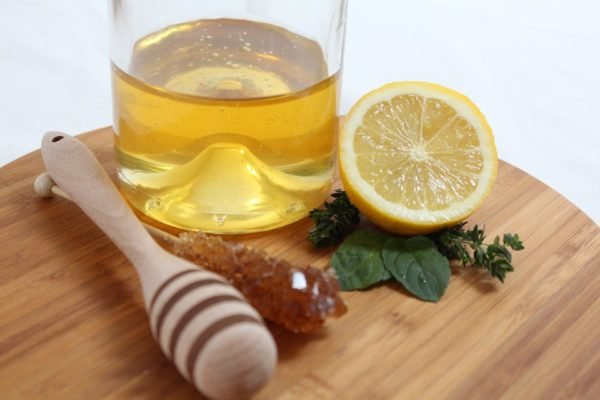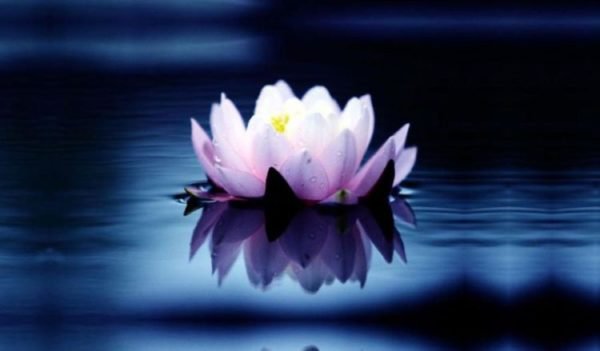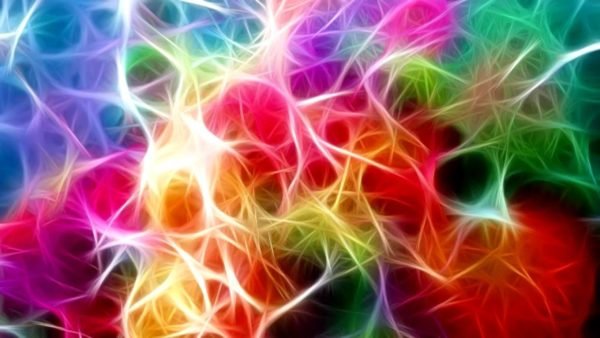Three Tips to Quiet Your Mind:
If you are not overachieving and extremely busy in today’s society, then you are the exception and not the norm. We are all guilty of this. We overextend, overachieve, and over-stress ourselves to the point of breaking. Little do we realize, however, that we are hurting our body by hurting our mind. Learn the following three tips to quiet your mind:
1. The Art of Gratitude:
It is so easy to be upset when things do not go our way. From the moment we spill our coffee, lock our keys in the car, and forget our lunch, a spiral of circumstances can set us off into a tailspin of negativity. However, we can choose to stay in a state of discontent and let that dictate our day, or we can be grateful for the other things in our lives even if they are not present in front of us right now.
Did you ever notice that when something nice happens, we tend to smile for a moment and then move on? However, when something goes wrong, we feel the need to tell everyone and anyone that will listen. It is in those exact moments of discontent that we need to focus on what we are grateful for, and it is then and only then that we will pull ourselves up from discontent.
Keeping the focus on gratitude offers your mind something to smile about, regardless of outside circumstances. Focusing on people, places, and even things that make you grateful, gives your mind the quiet respite that it needs to stay active and healthy in the future.
2. A Time for Nothingness:
Everyone has a busy schedule; that is a known fact. We all set our schedules to overflowing and then complain that we do not have time for ourselves. Take a good hard look at your schedule and see what you can delete and what you can delegate. If you are going to have a healthy mind, you need to take care of it just as you would your body. One cannot function healthily without the other.
The best tip for quieting your mind is to put that on your schedule. Put it in bold red text on your calendar, text yourself a reminder, and place it on your list of things to do this week.
3. Take a Moment:
Being in the moment has become a cliché. However, if you really take the time and trouble to learn what that means, then you will learn how to quiet your mind. Focus on what you are doing at the exact moment you are doing it.
In this way, you are focused on the moment at hand and not two days from now when something big is arising.
Use these three simple helpful tips often for quieting your mind.






